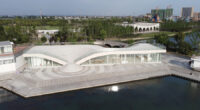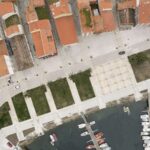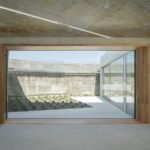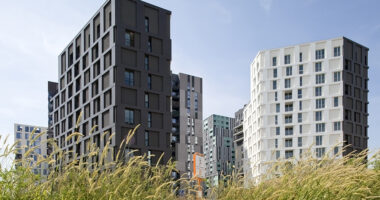The collaboration between CREUSeCARRASCO Arquitectos and rvr arquitectos has revitalized the public space at the port of Porto do Son, A Coruña, Spain, addressing various conflicts such as port traffic, parking congestion, and commercial activity. The project, spanning 25,843 m², aims to integrate urban and port front expectations while preserving the area’s emblematic character.

Integration and Revitalization
By reorganizing access and separating the main road from the facade, the project creates a vast public space that reconnects the old town with the port. The design blends old and new elements, fostering an exchange process beyond functional resolution. O Cruceiro, a historic monument, is repurposed as an entrance space and features a tree-lined viewpoint. Additionally, the retaining wall serves as a prefabricated walkway, enhancing accessibility and aesthetic appeal.

Urbanization and Meaningful Design
Urbanization efforts, including paving and tree planting, contribute to the interpretation of space usage and enrich the area’s significance. Textures such as rough concrete, stone, and earth extend the ambiance of the interior streets to the seafront, enhancing the overall sensory experience. The inclusion of steps, balconies, and structures reminiscent of traditional net dryers near the market reinforces the site’s cultural heritage and supports various activities such as cinema, exhibitions, and concerts.
Versatile Facilities and Future Prospects
The project incorporates two large surfaces tailored for festivals, one paved and the other wooded, catering to diverse event requirements. A promenade with amenities for pontoons and parking facilities adds functionality to the space. Towards the end of the zone, a new Nautical Club building, designed to complement the existing wall and offer panoramic views of Monte Louro and the Muros-Noia estuary, marks a significant addition to the harbor’s infrastructure.
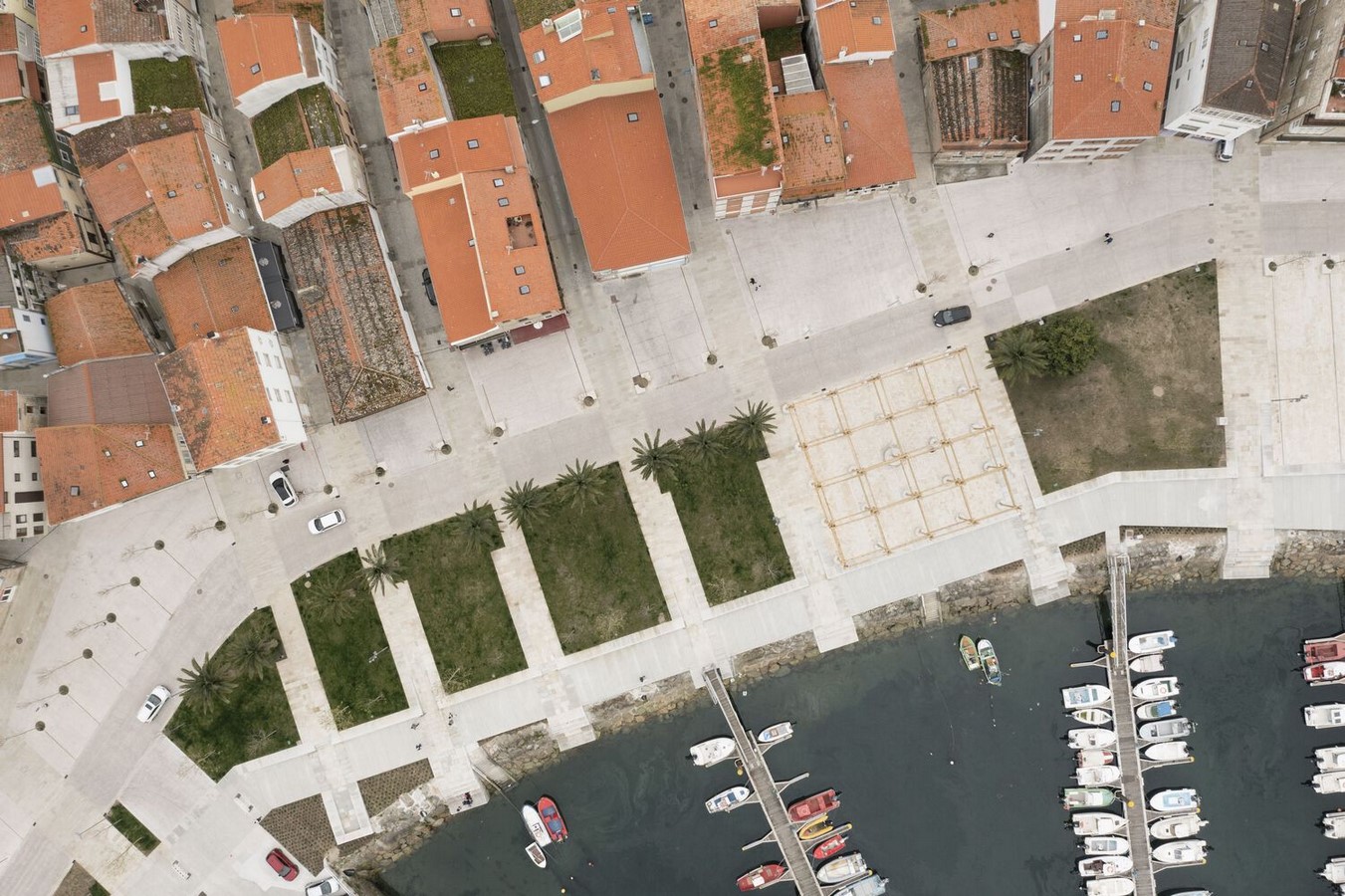
In conclusion, the transformation of the Harbor of Porto do Son exemplifies a thoughtful approach to urban revitalization, seamlessly blending historical significance with modern functionality. The project not only addresses immediate challenges but also lays the foundation for sustainable development and community engagement, ensuring a vibrant and inclusive public space for generations to come.

